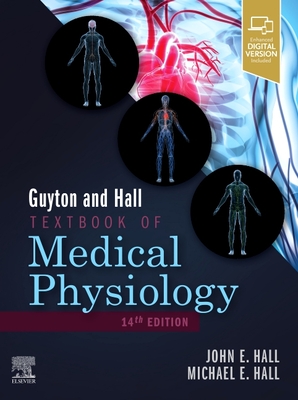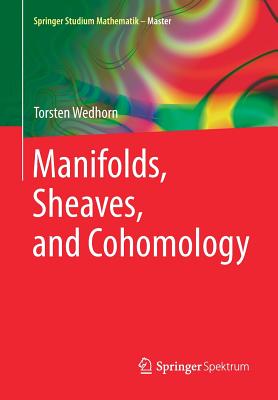
Good Microbes In Medicine, Food Production, Biotechnology, Bioremediation And Agriculture
医学、食品生产、生物技术、生物修复与农业中的良好微生物
微生物学售 价:
¥
1764.00
发货周期:通常付款后3-5周到货!
作 者
出 版 社
出版时间
2022年06月17日
装 帧
精装
页 码
656
开 本
21.59 x 27.62 cm.
语 种
英文
综合评分
暂无评分
- 图书详情
- 目次
- 买家须知
- 书评(0)
- 权威书评(0)
图书简介
When asked the majority of well educated lay people and even researchers in non-related fields what is the impact of bacteria or microbes on medicine, food production, and agriculture, the response is likely to be that the microbes are nocive, pathogenic, must be controlled by antibiotics and sterilization and combatted by pesticides. This general negative notion is quite strong and ubiquitous and general thoughout the population. Microbiology as a discipline is slated the same way and many Microbiology texts are oriented in this direction. Here we would like to introduce an opposite point of view that bacteria and other microbes play important positive roles in medicine, food production, biotechnology, bioremediation and agriculture. In this Book The microbes in Medicine, Food, Biotechnology, Bioremediation and Agriculture we would like to present a number of strong examples of the positive application of Microbes in the above mentioned five fields. The Book will be written for educated citizens and scientists, on the level of an Scientific American article. It will contain an introductory section on the microbiome and its role and argue that Microbiology education should be included in school programs and national political discussions, followed by ten chapters on each of the five fields and a summary section. Each Section will be edited by a renowned expert in the field. Willy Verstraete will be approached to write a synthesis of the editorials on the Microbiome. The first section will be on the use of bacteria/ microbiome in the treatment of human diseases. This new branch of applied science will cover probiotics, prebiotics, and synbiotics for example to treat the irritable Bowel syndrome and reverse cancer-prone non-alcoholic hepatitis disease, and long-term bacterial engraftment following encapsulated fecal microbiota transplantation to treat Clostridium difficile infection. An expert in the field has agreed to edit this section (Hauke Smidt). The second full section will be on the use of microbes, including yeasts in food production. The fermentation of bread, beer and cheese and other food stuffs will be discussed. The foodborne microorganisms in beneficial transformation in food production will be addressed. Several examples where the microbiota/microbiome has been studied in detail, such as cheeses, wine, fermented sausages and old, but new to the science, foods, such as coffee, cocoa and kombucha will be presented. An element that will be underlined is the contribution to sensory properties and also the bioprotection aspect, which is rather « old » but it has been gaining more and more relevance due to the necessity to use green strategies to preserve foods. This section will be coordinated by an expert and Luca Cocolin has agreed to edit this section. The third section will be dealing with the use of microbes in biotechnology. The use of various substrates and microbes for cellulosic biofuel production, bioplastics biosynthesis,CO2 fixation and biohydrogen generation will be discussed. An expert in the field, Michael Sauer, has accepted to edit this section. The microbial degradation of polyfluoroalkyl chemicals in the environment and the cleanup of marine oil spills involving microbes (Bioremediation) will be discussed in Section 4 as well as the use of plants, alone or with microbes in the phytoremediation of contaminated soils,and waters in the environment. This section will be also coordinated by an expert (David Dowling). The fifth section will focus on the discovery, understanding and application of microbes in agriculture. The importance of Microbiology in sustainable agriculture will be emphasized, including the use of microbiomes as a source for combinations of beneficial microbes and the role of volatile organic compounds in communication between microbes and plants. Possible new commercial microbial disease control and plant growth promotion microbes will be presented. The life of microbes inside plants (endophytes) and their applications for protecting plants against the effects of climate change and improving the quality of grasses will be discussed. The well known processes of biological nitrogen fixation by microbes for plant growth and phosphate mobilization will be described.
本书暂无推荐
本书暂无推荐















